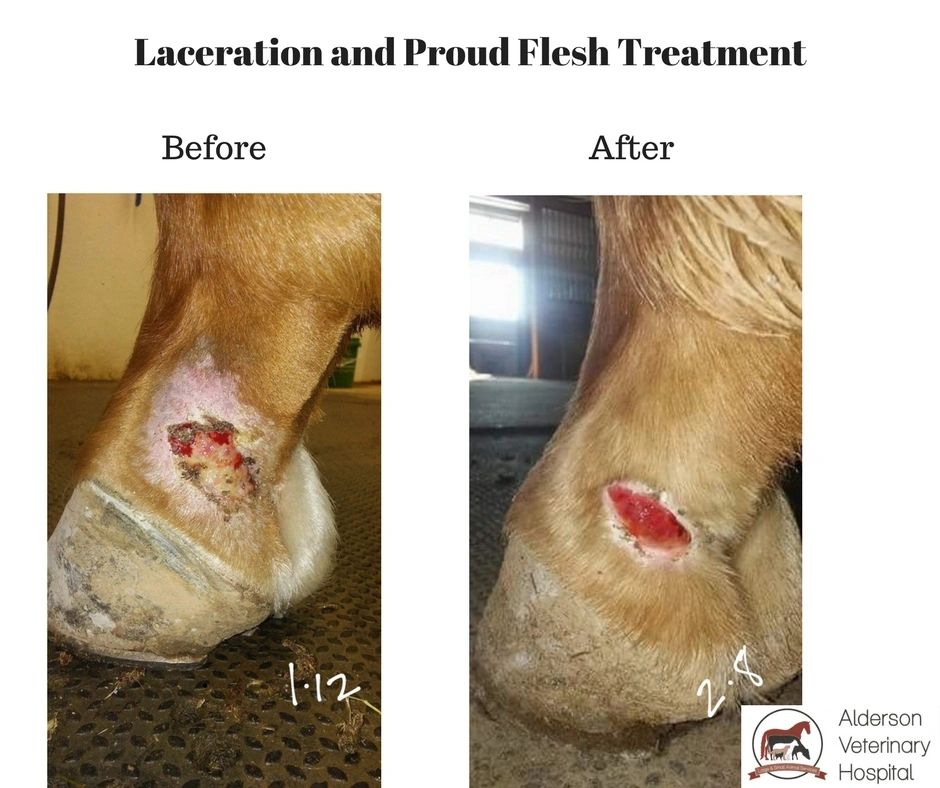The Power of Equine Therapy for Anxiousness, PTSD, and Psychological Healing
The Power of Equine Therapy for Anxiousness, PTSD, and Psychological Healing
Blog Article
Just How Laser Therapy in Horse Therapy Is Changing Veterinary Look After Horses
Laser therapy has actually arised as a transformative approach in equine vet treatment, supplying a non-invasive solution that speeds up healing and boosts general health. Leveraging precise light wavelengths, this sophisticated therapy stimulates mobile regeneration, decreases inflammation, and reduces discomfort. Its effectiveness prolongs from bone and joint injuries to persistent disorders like osteo arthritis, considerably boosting mobility and life high quality for equines. The portability and convenience of laser therapy tools additionally underscore their growing necessity amongst vets. As we check out the elaborate auto mechanics and real-world successes, the extensive effect on equine clinical practices ends up being significantly apparent.
Recognizing Laser Treatment

The modern technology behind laser treatment is grounded in the principle of photochemistry, where photons are absorbed by chromophores within cells, leading to enhanced ATP production and inflection of responsive oxygen species (Equine Therapy). This, subsequently, promotes mobile spreading, decreases inflammation, and increases recovery. Veterinary professionals make use of different types of lasers, consisting of low-level lasers (LLLT) and high-power Course IV lasers, depending on the details restorative objectives and the nature of the equine problem being dealt with
Different laser wavelengths and power settings are thoroughly selected to target numerous tissue depths and accomplish desired medical outcomes. Safety methods are vital, as improper usage can lead to thermal damage or suboptimal restorative effects. Thus, a thorough understanding of laser therapy's devices and applications is crucial for its effective execution in equine vet practice.
Advantages for Equine Health And Wellness
The myriad advantages of laser therapy for equine health and wellness encompass improved recovery, discomfort decrease, and enhanced movement. This sophisticated treatment technique leverages certain wavelengths of light to pass through tissues, stimulating mobile feature and promoting quick cells repair. The non-invasive nature of laser therapy guarantees marginal anxiety and pain for the equine, assisting in a smoother healing process.
Improved healing is one of the primary advantages, as laser treatment speeds up cellular regeneration and collagen synthesis. Discomfort decrease is achieved with the anti-inflammatory results of laser therapy, which lowers swelling and decreases the production of pain-inducing chemicals.
By lowering inflammation and pain, and improving tissue repair work, laser therapy assists in restoring joint function and muscular tissue versatility. Therefore, laser therapy stands as a transformative tool in modern horse veterinary treatment.
Common Problems Dealt With
Laser therapy has actually become a versatile treatment option for a range of usual equine problems. Amongst these, bone and joint injuries are specifically amenable to laser therapy. Equine Therapy. Soft tissue injuries, such as tendonitis and ligament stress, gain from the anti-inflammatory and analgesic effects of laser therapies, which increase recovery and lower discomfort. Furthermore, laser treatment linked here works for problems like osteo arthritis, where it aids minimize joint swelling and promote tissue fixing.
Wound administration is one more location where laser therapy has my review here revealed substantial guarantee. Chronic wounds or slow-healing abscess can be particularly challenging in steeds, however laser treatment boosts cellular regeneration and improves blood flow, therefore expediting the healing process. Laser therapies have been efficiently used in managing unguis problems such as laminitis and abscesses, easing pain and advertising much faster recuperation.

Modern Technology Behind Laser Therapy
Beyond the myriad conditions treatable with laser treatment, the technology itself merits closer assessment. At the heart of laser therapy is the usage of specific wavelengths of light to permeate tissues and elicit biological feedbacks. These wavelengths, generally varying from 600 to 1000 nanometers, are selectively absorbed by chromophores in the skin, muscular tissue, and various other cells, initiating a waterfall of mobile occasions.
Laser gadgets used in veterinary medication commonly utilize low-level laser therapy (LLLT) or cold laser treatment. Unlike high-powered surgical lasers, these gadgets run at reduced energy degrees, maximizing healing advantages while decreasing thermal damage. The energy from the laser light promotes adenosine triphosphate (ATP) manufacturing, improves mobile metabolic process, and increases cells repair service procedures.

Success Stories and Study

Showcasing the tangible benefits of laser therapy, countless success stories and case studies illuminate its transformative effect on equine health. One such instance entails a pureblood racehorse struggling with chronic tendonitis. Conventional treatments yielded marginal enhancement, but after incorporating laser treatment into the program, the horse displayed significant reductions in swelling and discomfort within weeks, eventually returning to affordable racing.
Another compelling instance includes a dressage equine detected with severe back pain, restricting its performance. A veterinary team utilized low-level laser therapy (LLLT) to target the irritated locations, causing marked improvement in adaptability and a noteworthy decline in pain. Over a number of sessions, the horse regained its peak form, showcasing the efficiency of laser treatment in dealing with bone and joint concerns.
Furthermore, a study performed at a leading equine clinic examined 50 steeds with numerous soft tissue injuries treated with laser treatment. The outcomes stood out: 85% of the equines showed accelerated healing times and improved mobility. These instances highlight the adaptability and efficiency of laser treatment in equine medicine, offering a non-invasive, scientifically-backed technique to boosting recovery and efficiency in horses.
Verdict
Laser therapy is reinventing equine vet care by offering a non-invasive therapy that speeds up healing, lowers inflammation, and eases pain. With its effectiveness in dealing with a series of conditions, from musculoskeletal injuries to persistent conditions like osteoarthritis, this modern technology significantly boosts equine wellness and mobility. The transportability and versatility of laser therapy better underscore its transformative effect on veterinary practices, solidifying its function as a necessary tool in modern equine healthcare.
Report this page